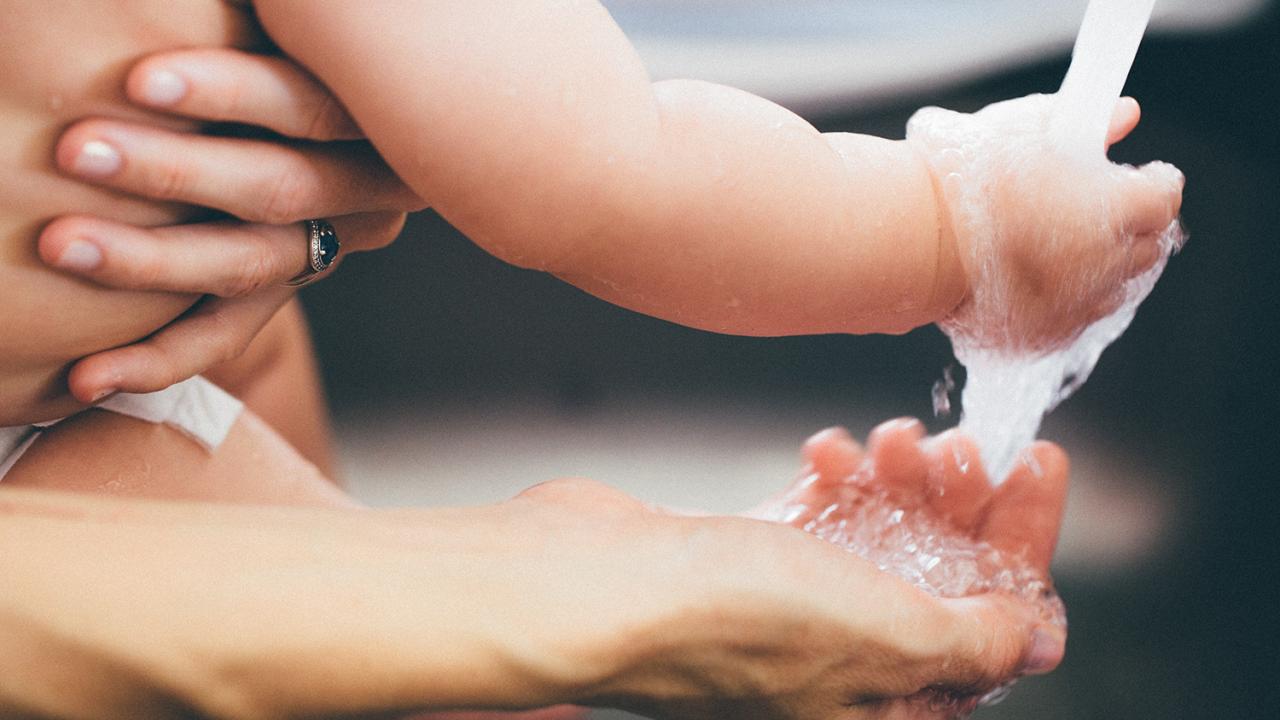
National Handwashing Awareness Week
National Handwashing Awareness Week December 3 – 9, 2017. Particularly important as you prepare healthy foods for you and your family.
Prevent the Flu
Handwashing is an important part of this plan, too. 20 seconds could save you weeks in bed!
In December of 2007, the Centers for Disease Control and Prevention announced “National Handwashing Awareness Week” because clean hands are the single most important factor in preventing the spread of disease-causing germs. According to the American Cleaning Institute, the goal of this week is to “decrease the spread of infectious diseases by empowering individuals to educate and help protect their communities.” Washing your hands is one of the most effective and simple ways to accomplish this goal!
Keeping hands clean through improved hand hygiene is one of the most important steps we can take to avoid getting sick and spreading germs to others. Many diseases and conditions are spread by not washing hands with soap and clean, running water. If clean, running water is not accessible, use soap and available water.
When should you wash your hands?
How should you wash your hands?
- Wet your hands with clean, running water (warm or cold), turn off the tap, and apply soap
- Lather your hands by rubbing them together with the soap. Be sure to lather the backs of your hands, between your fingers, and under your nails
- Scrub your hands for at least 20 seconds. Need a timer? Hum the “Happy Birthday” song from beginning to end twice
- Rinse your hands well under clean, running water
- Dry your hands using a clean towel or air dry them
Why? Read the science behind the recommendations
What should you do if you don’t have soap and clean, running water?
Washing hands with soap and water is the best way to reduce the number of germs on them in most situations. If soap and water are not available, use an alcohol-based hand sanitizer that contains at least 60% alcohol. Alcohol-based hand sanitizers can quickly reduce the number of germs on hands in some situations, but sanitizers do not eliminate all types of germs and might not remove harmful chemicals.
Hand sanitizers are not as effective when hands are visibly dirty or greasy.
How do you use hand sanitizers?
- Apply the product to the palm of one hand (read the label to learn the correct amount)
- Rub your hands together
- Rub the product over all surfaces of your hands and fingers until your hands are dry
Why? Read the science behind the recommendations.
Caution! Swallowing alcohol-based hand sanitizers can cause alcohol poisoning. Keep it out of reach of young children. Learn more here.
Information directly from CDC website